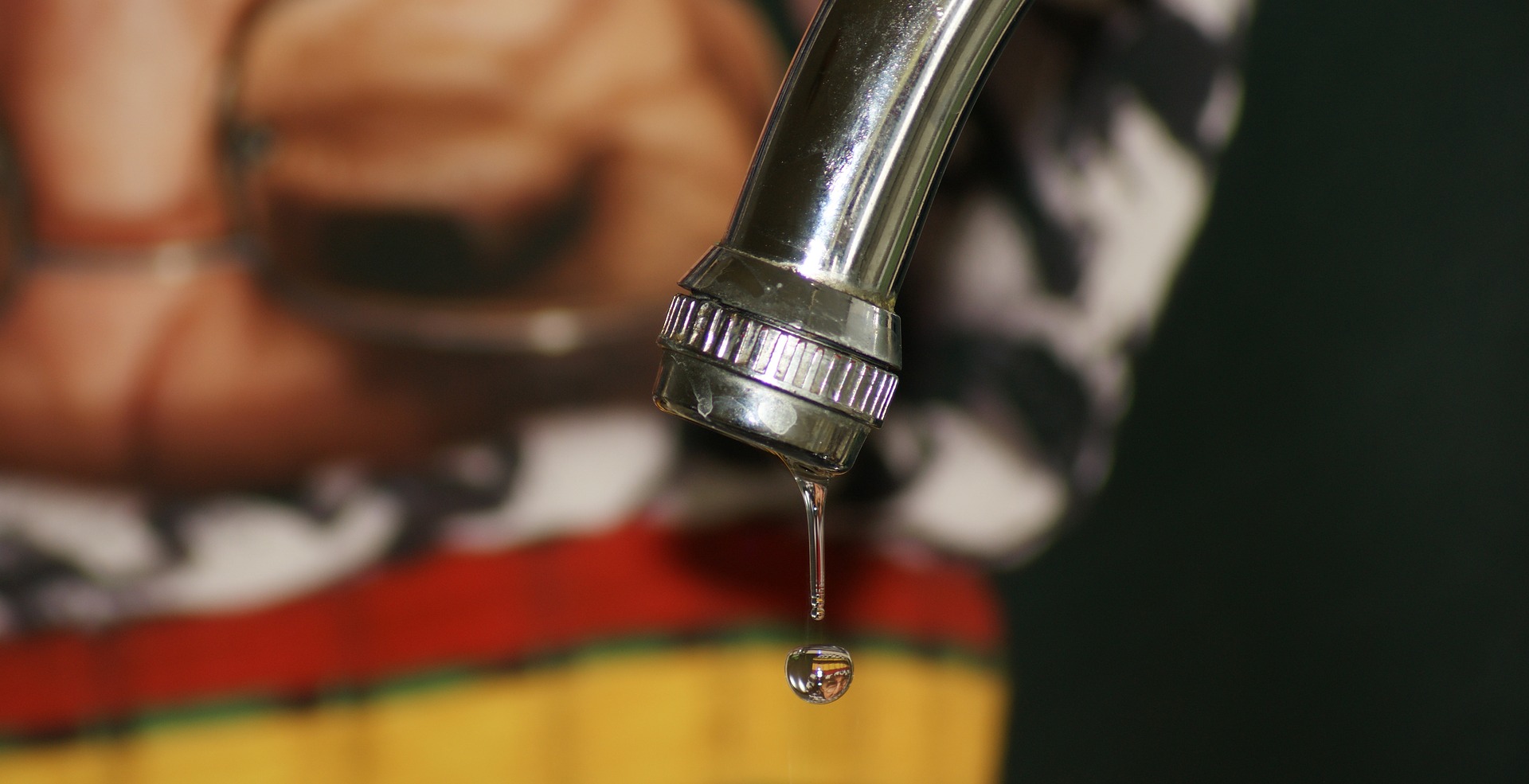Building homes is a complex job, and construction sites have been noted as some of the most dangerous places to work in the UK. With so much heavy machinery – and busy sites, accidents can quickly happen if the necessary precautions are not implemented. So, health and safety should always remain a top priority for homebuilders. This guide will discuss six health and safety tips covering asbestos awareness, height safety training, and PPE.
Wear PPE
Personal protective equipment (PPE) is a must for any construction site and vital to your survival. If you are caught up in an accident, the correct PPE could save you from injury; in some instances, it has even saved lives. You can find a list of PPE online that you should be wearing. Ideally, you will invest in a sturdy pair of safety boots, wear high-vis clothing – so you are visible to your colleagues, and a hard hat to protect your head from any falling debris. Additional PPE may be required if you carry out other jobs on-site. For example, you may need gloves to handle certain construction materials.
Keep The Site Clean
Some of the most common accidents on construction sites are slips, trips and falls. Building homes requires a lot of materials and heavy machinery, and soon, the floor can be filled with debris, posing a risk to those on-site. Therefore, you must keep the site clean at all times. Avoid leaving residue on the floor, and regularly try to clean it up. Once the equipment has been used, please put it back in its place. If you see a spillage, avoid walking away and leaving it. Staying on top of these small cleaning jobs eliminates the risk of a severe accident. Implementing a cleaning rota to ensure that everyone on-site is pulling their weight can be a good idea.
Enrol In Online Training Courses
When working on existing buildings, it is vital to be aware of the dangers surrounding them. For example, if you are renovating an old building, there could be issues like asbestos that you are unaware of. Therefore, construction workers must receive the correct training to make them aware of these issues. You can enrol in online asbestos awareness training courses. The courses teach students how to identify asbestos and cover topics such as types and uses of asbestos. Online training courses like these can protect the health and safety of those on-site and reduce the risk of illness further down the line.
Acknowledge Safety Signs On-Site
Safety signs are a must on construction sites. As well as presenting them around the site to highlight the risks in certain areas, it is vital that people acknowledge them. If unsure what each safety sign symbolises, you should ask your supervisor to explain them. You can also research safety signs online to find all of the vital information you need. Safety signs warn you of potential risks on-site, and they can save lives and reduce the number of injuries on-site, so they should never be ignored. If you find your construction site lacks safety signs, bring this to your supervisor’s attention so they can address this issue before an accident occurs. Considering height safety training as part of the general training is highly recommended.
Regularly Assess Equipment
Construction sites are filled with a lot of heavy machinery and equipment. Unfortunately, issues can occur when they are tampered with or misused. Therefore, you must regularly assess the equipment on-site and have a system that makes this easy to carry out. A rota can help and is a physical document that shows site managers that the correct checks have been carried out. Machinery and equipment can be temperamental at the best of times, so it is always best to check them before they are heavily used. When it comes to heavy machinery, only those who are trained should be using it. Putting someone in charge with little knowledge of their actions will often result in injury.
Have A First Aid Officer On-Site
You never know when someone on-site is going to need first aid. Therefore, someone on your site must take responsibility as a first aid officer and receive the correct training to help them fulfil the role. Having a first aid officer on-site can save lives and reduce injury recovery periods, allowing people to return to the site sooner. You should refrain from putting this responsibility onto someone who lacks confidence, as this role does come with a lot of pressure. If you need help choosing an appointed first aider, you can refer to some online resources to help you decide. Ideally, you need to choose someone who is not afraid to take charge.




 POSTED BY
POSTED BY 

